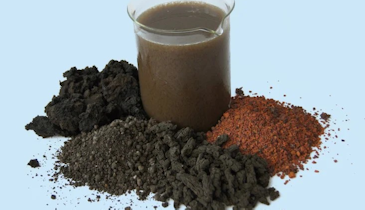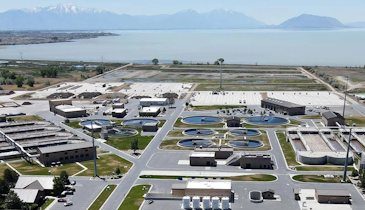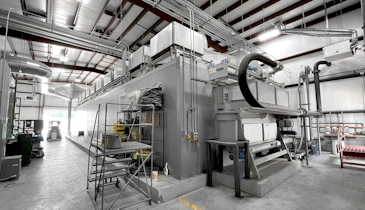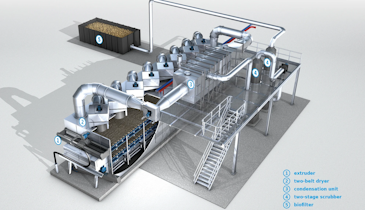
The city of Casey, Illinois, is known as the home of big things, including the world’s largest rocking chair, wind chime, mailbox and golf tee. Over at the city’s wastewater treatment plant, they had a sludge dewatering headache of equally large proportions. The solution turned out to have a remarkably small footprint — and a very big impact on operational costs.
The source of the city’s wastewater headaches was it sludge dewatering process, consisting of three 42.5 feet by 30 feet sludge-drying beds. The labor-intensive process required the plant’s two-man crew to follow a laborious 10-step process for each of the three drying beds. The process was extremely time-consuming — up to 10 hours each time — and costly, plus forced plant operators to work outdoors in inclement weather, making the job even more unpleasant and risky.
Recognizing the need for a more modern, efficient dewatering solution, the City of Casey chose a HUBER Q-Press 280 Screw Press following a successful pilot test.
Download the full case study to learn more about the process of selecting the Q-Press 280 screw press.
Download Case StudyVisit the HUBER Technology, Inc. Storefront





